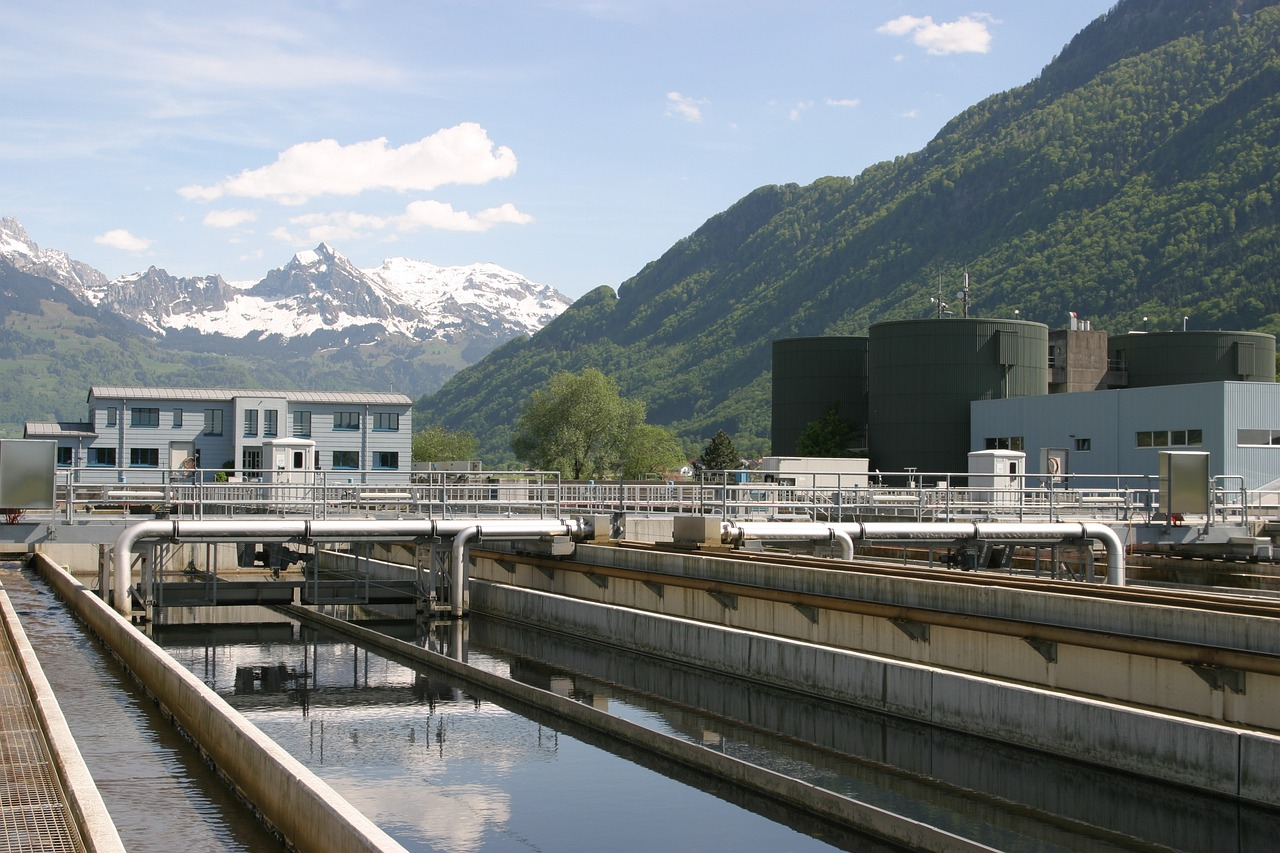Reverse Osmosis (RO) is becoming more and more popular in the world of water treatment. As the benefits of RO become widely known, so too does its potential for solving a multitude of issues associated with modern water supplies. Not only can reverse osmosis systems reduce environmental damage by removing excess minerals and pollutants from our drinking water, but they can also significantly improve quality control in industrial processes and enable efficient reuse of wastewater. But what does the future hold for this increasingly important technology? Here, we look at some emerging technologies and trends in reverse osmosis.
1. Advanced Water Recycling
Advanced water recycling represents a significant water treatment breakthrough, promising to overhaul our water conservation approach radically. Central to this is the application of reverse osmosis systems, which allow for the comprehensive removal of contaminants from wastewater, turning it into a resource rather than a burden.
This innovative process can transform reused water into a quality comparable to freshwater, making it suitable for a broad range of applications such as irrigation and industrial use and even for potable purposes after further treatment. This technology offers water solutions for businesses suffering from water shortages or limited access to clean water. Therefore, having the opportunity for significant environmental and economic gains, this technology is expected to see significant uptake in the coming years.
2. Automation of Reverse Osmosis Systems
In addition to advanced water recycling, the automation of reverse osmosis systems will have a major impact on how we use water in the future. Automated RO systems are designed to be user-friendly and require minimal intervention, ensuring they can be effectively employed in various settings. The benefits of automation are numerous, from improved efficiency to better water quality control and reduced energy requirements. Automation also eliminates the need for manual system monitoring, making it more cost-effective and easier to manage on an ongoing basis.
3. Smart Sensors and Data Analysis
One of the major trends driving innovation in reverse osmosis is the emergence of smart sensors and data analysis technologies. These enable real-time monitoring and control of RO systems, making them more efficient and reliable. By using continuous data collection, it’s possible to gain insight into system performance and identify any issues before they become a problem.
This technology is particularly useful in industrial applications, where precise control over water quality can be essential for ensuring the safety and effectiveness of products. With the help of smart sensors and data analysis, businesses can ensure their processes remain compliant with industry standards at all times, saving them time and money in the long run.
4. Renewable Energy Sources
With the growing demand for energy-efficient solutions, many businesses are turning to renewable power sources, such as solar and wind, to meet their needs. This trend is also being adopted in reverse osmosis, with companies looking for ways to reduce their reliance on electricity and take advantage of renewable energy sources.
By powering their RO systems with renewable energy sources such as solar or wind, businesses can save money on their electricity costs while reducing their environmental impact. This trend will likely continue in the coming years as more and more companies look for ways to reduce their carbon footprint and use clean energy sources.
5. A Growing Market
As the range of applications for reverse osmosis systems continues to expand, more and more businesses are turning to this technology as an effective solution. RO systems are becoming increasingly popular in various settings, from industrial water treatment to smart homes. This has led to a surge in demand for new and innovative products that meet the needs of these diverse industries, creating a vast and rapidly growing market.
This trend will likely continue in the coming years as more businesses look to adopt RO systems for their water treatment needs. This means there is huge potential for growth in this area and plenty of opportunities for innovative products and services to meet the changing demands of the market.
6. Moving Towards Sustainable Solutions
Companies increasingly seek ways to reduce their environmental impact and use alternative power sources like solar or wind energy. Additionally, businesses are focusing on improving their RO systems’ efficiency and cost-effectiveness, ensuring they are as energy-efficient as possible.
These efforts are helping to make reverse osmosis systems more sustainable, ensuring that they can be used in a variety of settings without causing harm to the environment. This trend will likely continue in the years ahead as businesses seek out new and innovative ways to reduce their environmental impact while maintaining the effectiveness of their water treatment processes.
The field of reverse osmosis is exciting and ever-evolving, with constantly developing new technologies and innovations. This technology offers a range of potential solutions for businesses looking to improve their water treatment processes, from advanced recycling systems to automated RO systems and smart sensors. As more companies look to adopt these technologies, the market for reverse osmosis systems will continue to grow and expand in the years to come.
